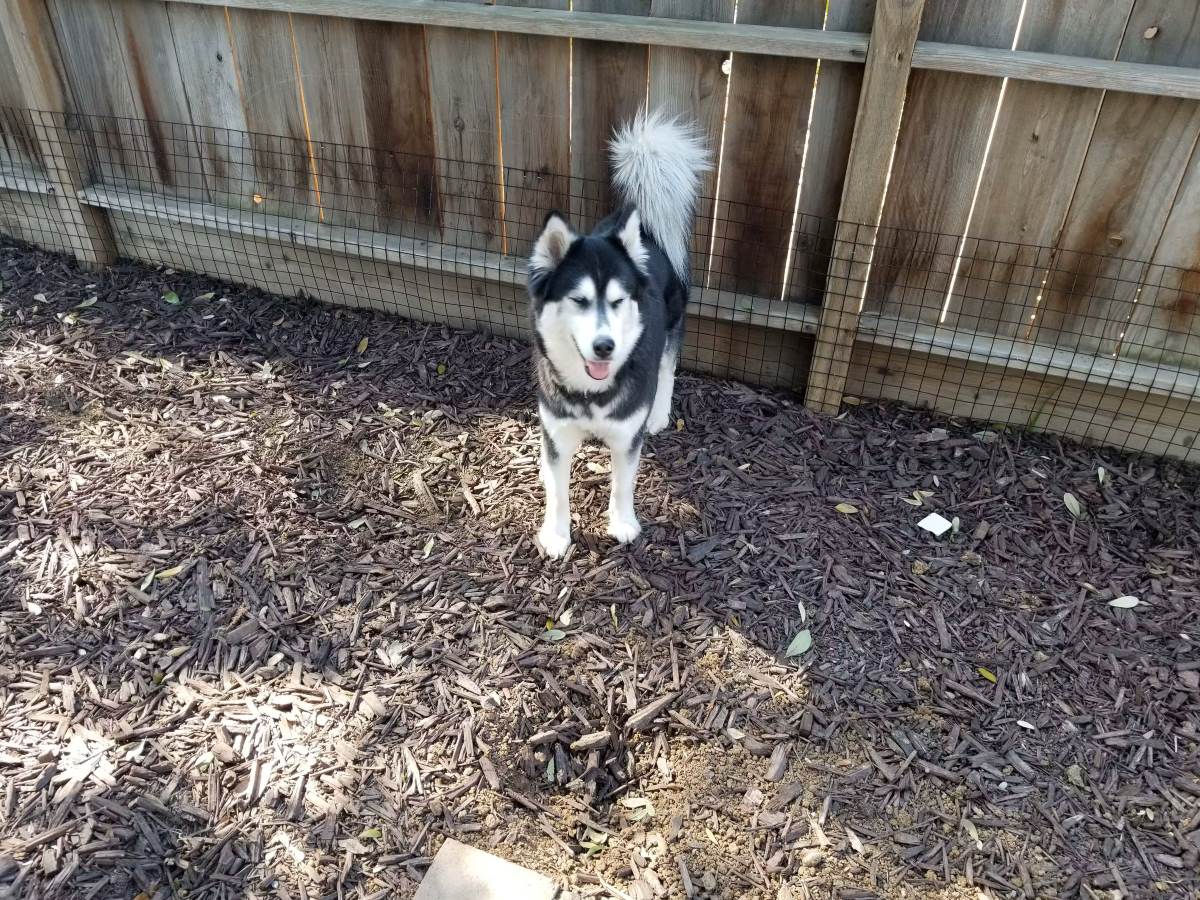

Articles
How To Prevent Dog Digging Under Fence
Modified: February 23, 2024
Discover effective techniques and strategies in our latest articles on how to prevent dog digging under the fence. Keep your furry friend safe and your yard intact.
(Many of the links in this article redirect to a specific reviewed product. Your purchase of these products through affiliate links helps to generate commission for Storables.com, at no extra cost. Learn more)
Introduction
Dogs are curious creatures, always eagerly exploring their surroundings. While this behavior is generally harmless, it can become a nuisance when they start digging under fences. Not only does this behavior pose a safety risk for your furry friend, but it can also cause damage to your property and create tensions with your neighbors. If you’re tired of constantly patching up holes in your fence or worrying about your dog’s escape attempts, it’s time to take action.
In this article, we will explore effective strategies to prevent dogs from digging under fences. From reinforcing the bottom of the fence to providing alternative outlets for their energy, we will cover a variety of methods that can help keep your dog safely contained within your property.
Before diving into the solutions, let’s first understand the reasons why dogs have a tendency to dig under fences in the first place.
Key Takeaways:
- Prevent dog digging under fence by reinforcing the bottom with hardware cloth or an L-footer. Provide alternative outlets for energy and use deterrents to discourage digging behavior effectively.
- Consistent training techniques, positive reinforcement, and creating physical barriers with rocks or paving can successfully prevent dogs from digging under the fence.
Read more: How To Install A No Dig Fence
Understanding why dogs dig under fences
Digging is a natural behavior for dogs, rooted in their ancestral instincts. Understanding why they dig can help us address the issue effectively.
1. Escape: Dogs may dig under fences as a means of escaping. They could be motivated by a desire to explore the neighborhood, chase after other animals, or simply seek out new experiences. If your dog is exhibiting this behavior, it’s crucial to identify any underlying causes for their restlessness or anxiety.
2. Boredom: Dogs that are left alone for extended periods or lack mental stimulation often resort to digging as a form of entertainment. They may feel the need to release pent-up energy or alleviate boredom. Providing proper mental and physical exercise can significantly reduce this behavior.
3. Hunting instincts: Some dogs have a stronger prey drive than others. They may be digging under the fence in search of small animals or insects. This behavior can be challenging to curb, but implementation of proper training techniques and supervised playtime can help redirect their hunting instincts.
4. Comfort-seeking: Dogs may dig under fences to create a cool place to lie down or escape the heat. If their outdoor enclosure or living space lacks shade or adequate comfort, they may resort to digging as a way to find relief.
By identifying the motivation behind your dog’s digging behavior, you can tailor your approach to address the root cause effectively. The next step is to assess the condition of your current fence and make necessary modifications to prevent further escapes.
Assessing your current fence
Before implementing any prevention techniques, it’s important to evaluate the condition of your current fence. By identifying any weak points or vulnerabilities, you can better understand why your dog is able to dig under it.
1. Height: Check if the height of your fence is sufficient to deter your dog from jumping over it. Depending on the breed and size of your dog, you may need a taller fence to ensure they can’t easily climb or jump over it.
2. Gaps and holes: Inspect your fence for any gaps or holes that your dog could squeeze through or exploit to dig under. Make sure to seal them off or repair them with suitable materials.
3. Stability: A stable fence is less likely to be compromised. Ensure that your fence posts are secure and not leaning or loose, as this can create opportunities for dogs to dig underneath.
4. Visibility: Evaluate how well your fence obstructs your dog’s view of the outside world. If they can easily see and get excited by people, animals, or stimuli on the other side, it may increase their desire to escape.
By thoroughly assessing your fence, you can identify any existing issues that may be contributing to your dog’s digging behavior. Once you’ve identified these weak points, it’s time to reinforce the bottom of the fence to prevent future escapes.
Reinforcing the bottom of the fence
The bottom of the fence is often the weakest point and the most vulnerable to a dog’s digging attempts. By reinforcing this area, you can effectively deter your dog from burrowing their way out.
1. Install hardware cloth: Use hardware cloth or welded wire mesh to create a barrier along the bottom of the fence. Dig a narrow trench along the perimeter of the fence, bury a portion of the hardware cloth, and then secure it to the bottom of the fence with staples or zip ties. This will make it difficult for your dog to dig through.
2. Extend the fence underground: Dig a trench a few inches deep and a foot wide along the inside of the fence. Attach galvanized hardware cloth to the bottom of the fence, extending it into the trench. Fill the trench with concrete or soil to secure the extended fence underground. This method creates an extra layer of protection against digging attempts.
3. Use concrete blocks: Another option is to place concrete blocks or paving slabs along the inside perimeter of the fence. Position them in a way that they align with the bottom of the fence and extend a few inches into the ground. This added weight and solid barrier will discourage your dog from attempting to dig under the fence.
Remember to regularly inspect and maintain the reinforced bottom of your fence. Over time, weather conditions and wear and tear can weaken the barrier, so it’s important to address any issues promptly.
While reinforcing the bottom of the fence can be effective, it may not always be foolproof. For determined diggers, an additional line of defense is necessary to discourage their escape attempts. One such method is adding an L-footer to the bottom of the fence.
Adding an L-footer to the bottom of the fence
Adding an L-footer to the bottom of the fence is an effective technique to reinforce the barrier and deter dogs from digging under.
1. Determine the size and material: The L-footer should extend horizontally from the bottom of the fence and then vertically into the ground, creating an “L” shape. The horizontal portion should be at least 1 to 2 feet wide, while the vertical portion should be buried a few inches into the ground. Use materials such as vinyl lattice, chicken wire, or wire mesh for the L-footer.
2. Attach the L-footer: Secure the horizontal portion of the L-footer to the bottom of the fence with screws or zip ties. Ensure that it is firmly attached and extends along the entire length of the fence. It should be flush with the ground, preventing any space for dogs to dig underneath.
3. Bury the vertical portion: Dig a shallow trench along the L-footer, ensuring the vertical portion extends a few inches into the ground. Backfill the trench with soil, making sure it is compacted to prevent dogs from digging below the L-footer.
The L-footer acts as a physical and visual deterrent for your dog. The horizontal portion blocks their access to the fence base, while the buried vertical portion makes it challenging for them to dig underneath.
Keep in mind that the effectiveness of the L-footer may depend on the size and determination of your dog. Some dogs may attempt to climb or jump over the L-footer, so it’s important to monitor their behavior and make adjustments as needed. In combination with reinforcing the bottom of the fence, the L-footer can significantly reduce the chances of your dog successfully digging under the fence.
While physical barriers can be effective, there are other methods you can use in conjunction with reinforcing the fence to discourage your dog from digging. One such method is burying chicken wire along the fence line.
Read more: How Deep To Dig For Fence Post
Burying chicken wire along the fence line
Burying chicken wire along the fence line is another effective technique to prevent dogs from digging under the fence. This method creates an additional barrier that makes it difficult for dogs to dig through.
1. Gather the necessary materials: You will need chicken wire, wire cutters, and garden staples or stakes. Ensure you have enough chicken wire to cover the entire length of the fence.
2. Dig a trench along the fence line: Start by digging a trench parallel to the fence, about 12-18 inches away from the base. The trench should be deep enough to bury a portion of the chicken wire, approximately 6-12 inches deep.
3. Cut the chicken wire: Measure the length of the trench and cut the chicken wire to match. It should be wide enough to extend an inch or two above the ground and reach down into the trench.
4. Secure the chicken wire: Place the chicken wire in the trench, ensuring it extends along the entire length of the fence. Use garden staples or stakes to secure the chicken wire to the ground, making sure it is held firmly in place. The wire should be angled away from the fence to prevent dogs from pushing or bending it.
5. Fill the trench and cover the chicken wire: Carefully fill the trench with soil, covering the buried portion of the chicken wire completely. Press down the soil to ensure it is compacted, minimizing any gaps or spaces.
By burying chicken wire along the fence line, you create an underground barrier that prevents dogs from digging underneath. The wire provides resistance and discomfort when the dog tries to dig, discouraging them from continuing their digging efforts.
Remember to regularly inspect the buried chicken wire to ensure it remains intact and secure. Over time, weather conditions and natural wear can weaken the wire, so any future repairs or replacements should be done promptly.
In addition to reinforcing the fence and burying chicken wire, you can also create a physical barrier with rocks or paving to further discourage your dog from digging under the fence.
One way to prevent your dog from digging under the fence is to bury chicken wire or rocks at the base of the fence to discourage digging.
Creating a physical barrier with rocks or paving
Creating a physical barrier using rocks or paving can be an effective way to deter dogs from digging under the fence. This method adds an extra layer of difficulty and discomfort, making it less appealing for dogs to attempt digging.
1. Gather the necessary materials: You will need rocks or paving stones, a shovel, and possibly sand or gravel for leveling.
2. Clear the area: Before placing the rocks or paving, clear the area along the fence line of any debris, plants, or loose soil. Create a clean and level surface for the barrier.
3. Place the rocks or paving stones: Start by placing the rocks or paving stones along the perimeter of the fence, ensuring they are tightly packed together. The stones should sit flush with the ground, leaving no gaps or spaces for dogs to dig through.
4. Fill in any gaps: If there are any gaps between the rocks or paving stones, fill them with smaller rocks or gravel. This will further discourage dogs from attempting to dig or squeeze through.
5. Check for stability: Ensure that the rocks or paving stones are secure and stable. Press down on them to verify that they don’t move easily. This will make it more challenging for dogs to dislodge or remove the barrier.
A physical barrier with rocks or paving not only prevents dogs from digging under the fence but also enhances the aesthetic appeal of your outdoor space. Additionally, the added weight and stability of the barrier make it more difficult for dogs to disrupt or bypass.
Remember to conduct regular inspections to ensure the barrier remains intact. Make any necessary adjustments or repairs promptly to maintain its effectiveness over time.
In addition to the physical barriers mentioned above, using deterrents can also be an effective way to discourage dogs from digging under the fence.
Using deterrents to discourage digging
Using deterrents can be an effective strategy to discourage dogs from digging under the fence. These deterrents create negative associations with the act of digging, making it less appealing for your furry friend.
1. Bitter apple spray: Spraying bitter apple spray on and around the areas where your dog likes to dig can help deter them. The bitter taste is unpleasant for dogs, discouraging them from continuing their digging behavior.
2. Cayenne pepper or citrus peels: Dogs have a strong sense of smell, and certain scents can deter them from digging. Sprinkle cayenne pepper or place citrus peels in the areas where your dog digs. The strong smell will discourage them from continuing their digging attempts.
3. Underground fencing or electronic containment systems: Installing an underground fence or electronic containment system can be an effective deterrent. These systems use a combination of underground wires and a collar to emit a mild electric pulse when the dog approaches the boundary. The negative association with the boundary discourages dogs from attempting to dig and escape.
4. Motion-activated sprinklers: Dogs are often deterred by water. Installing motion-activated sprinklers near the fence line can startle dogs when they approach, discouraging them from digging. This method not only deters digging but also provides a source of entertainment for your dog.
5. Noise deterrents: Dogs are sensitive to sudden loud noises. Using noise deterrents, such as ultrasonic sound emitters or noise-making devices, near the fence line can startle your dog when they start to dig. This negative experience can discourage them from continuing their digging behavior.
It’s important to note that while deterrents can be effective, they work best in combination with other prevention techniques. Additionally, positive reinforcement and providing alternative outlets for energy and stimulation are essential for creating a well-balanced and contented dog.
Speaking of which, let’s discuss how providing alternative outlets for energy and stimulation can help minimize your dog’s desire to dig under the fence.
Providing alternative outlets for energy and stimulation
Dogs often resort to digging out of boredom or excess energy. By providing alternative outlets for their energy and stimulation, you can minimize their desire to dig under the fence.
1. Exercise: Regular exercise is essential for dogs to burn off excess energy. Engage in daily walks, runs, or play sessions to tire them out physically. This will reduce their inclination to dig as a way to release pent-up energy.
2. Mental stimulation: Mental stimulation is just as important as physical exercise for dogs. Incorporate puzzle toys, interactive games, and training sessions into their daily routine. This helps keep their minds engaged and satisfied, reducing their need to dig out of boredom.
3. Provide a digging area: Dogs have a natural instinct to dig, so providing them with a designated digging area can redirect their behavior. Create a digging pit in your yard, filled with soft sand or dirt. Encourage your dog to dig and bury toys in this area to meet their natural instinct without damaging your fence or garden.
4. Interactive toys: Keep your dog mentally stimulated by providing them with interactive toys and chew toys. These toys can keep them occupied and focused, reducing their desire to dig out of boredom.
5. Obedience training: Obedience training is crucial for establishing boundaries and teaching your dog appropriate behaviors. Train them to stay within the boundaries of your property and reinforce commands such as “leave it” and “stay.” This will help prevent them from attempting to dig under the fence.
Consistency is key when providing alternative outlets for energy and stimulation. Make these activities a regular part of your dog’s routine to keep them mentally and physically fulfilled. By fulfilling their needs, you can significantly reduce their desire to dig and escape.
In addition to providing alternative outlets, consistent training techniques are essential for preventing your dog from digging under the fence. Let’s explore some training techniques and tips for maintaining consistency.
Read more: How To Dig A Hole For Fence Post
Consistency and training techniques
Consistency is crucial when it comes to training your dog to prevent them from digging under the fence. By using effective training techniques and maintaining a consistent approach, you can successfully modify their behavior. Here are some strategies to consider:
1. Positive reinforcement: Reward your dog with treats, praise, and affection when they exhibit desired behaviors, such as staying away from the fence or using their designated digging area. Positive reinforcement helps reinforce good behavior and strengthens the bond between you and your furry friend.
2. Redirect their attention: When you observe your dog showing signs of digging or attempting to dig, redirect their attention to an alternative activity or toy. Engage them in a game of fetch or provide a chew toy to divert their focus from digging.
3. Bury toys or treats: Encourage your dog to engage in activities that do not involve digging by burying toys or treats in their designated digging area. This will keep them occupied and satisfied, addressing their natural instinct to dig in a controlled manner.
4. Use verbal cues: Teach your dog specific verbal cues such as “no dig” or “stay away” to discourage them from digging near the fence. Use these cues consistently and with a commanding tone to communicate your expectations clearly.
5. Supervise and correct: Regularly supervise your dog when they are outside to ensure they are not engaging in digging behavior. If you catch them in the act, calmly and firmly say “no” and redirect their attention to another activity. Avoid yelling or physical punishment, as this can cause fear and confusion.
6. Create barriers: When your dog is in the yard, create additional barriers near the fence using temporary fencing, garden planters, or raised flower beds. These barriers can physically deter them from accessing the fence and reinforce the message that digging is not allowed.
Remember that training takes time and patience. Consistency is key, and it may take several weeks or even months to break the habit of digging under the fence. Stay positive, reward desired behaviors, and redirect their focus to appropriate activities.
By combining consistent training techniques with the other prevention strategies mentioned earlier, you can successfully prevent your dog from digging under the fence and ensure their safety and well-being.
As we conclude, it’s important to reiterate the significance of creating a secure and stimulating environment for your dog.
Conclusion
Preventing dogs from digging under the fence requires a combination of strategies that address the underlying causes and provide physical and mental deterrents. By understanding the reasons behind their digging behavior and assessing the condition of your fence, you can implement the necessary modifications to keep your furry friend safely contained within your property.
Reinforcing the bottom of the fence with materials like hardware cloth or extended fencing helps create a barrier that makes it difficult for dogs to dig through. Adding an L-footer or burying chicken wire along the fence line provides additional layers of defense against digging attempts.
Creating physical barriers with rocks or paving stones adds weight and stability to the fence, making it more challenging for dogs to disrupt or bypass. Using deterrents such as bitter apple spray, cayenne pepper, or motion-activated sprinklers discourages them from digging in the first place.
Providing alternative outlets for energy and stimulation, such as exercise, mental enrichment, and designated digging areas, can significantly reduce your dog’s desire to dig out of boredom or pent-up energy.
Consistency is key when it comes to training techniques. Positive reinforcement, redirecting their attention, and using verbal cues help communicate your expectations and reinforce desired behaviors. Supervising your dog and promptly correcting any digging attempts also play a crucial role in breaking the habit.
Remember, each dog is unique, and it may take time to find the combination of strategies that work best for your furry companion. Stay patient, consistent, and provide a secure and engaging environment to ensure their safety and happiness.
By implementing these preventive measures and investing time in training and understanding your dog’s needs, you can successfully prevent them from digging under the fence and enjoy a harmonious relationship with your beloved pet.
Frequently Asked Questions about How To Prevent Dog Digging Under Fence
Was this page helpful?
At Storables.com, we guarantee accurate and reliable information. Our content, validated by Expert Board Contributors, is crafted following stringent Editorial Policies. We're committed to providing you with well-researched, expert-backed insights for all your informational needs.


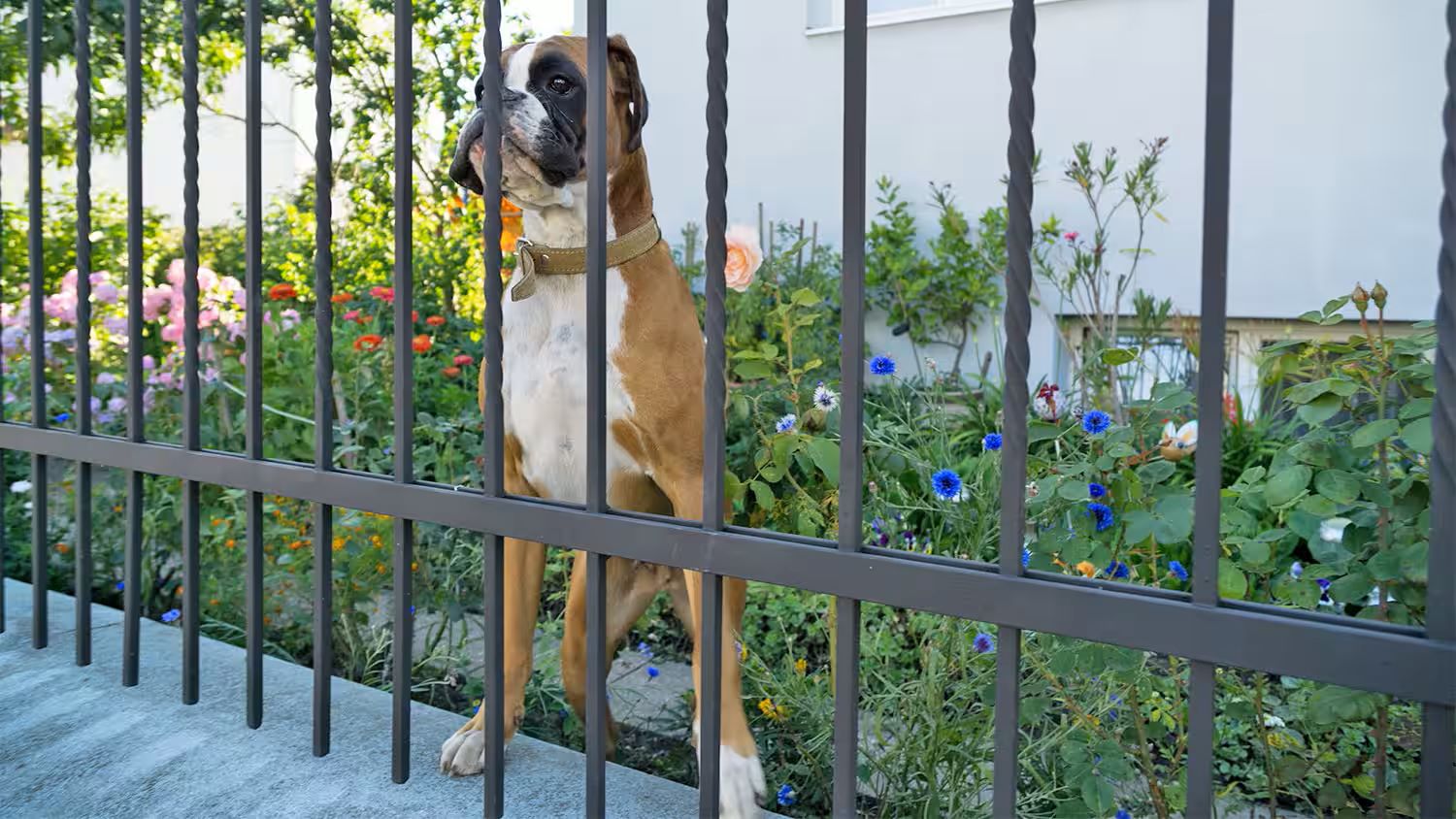
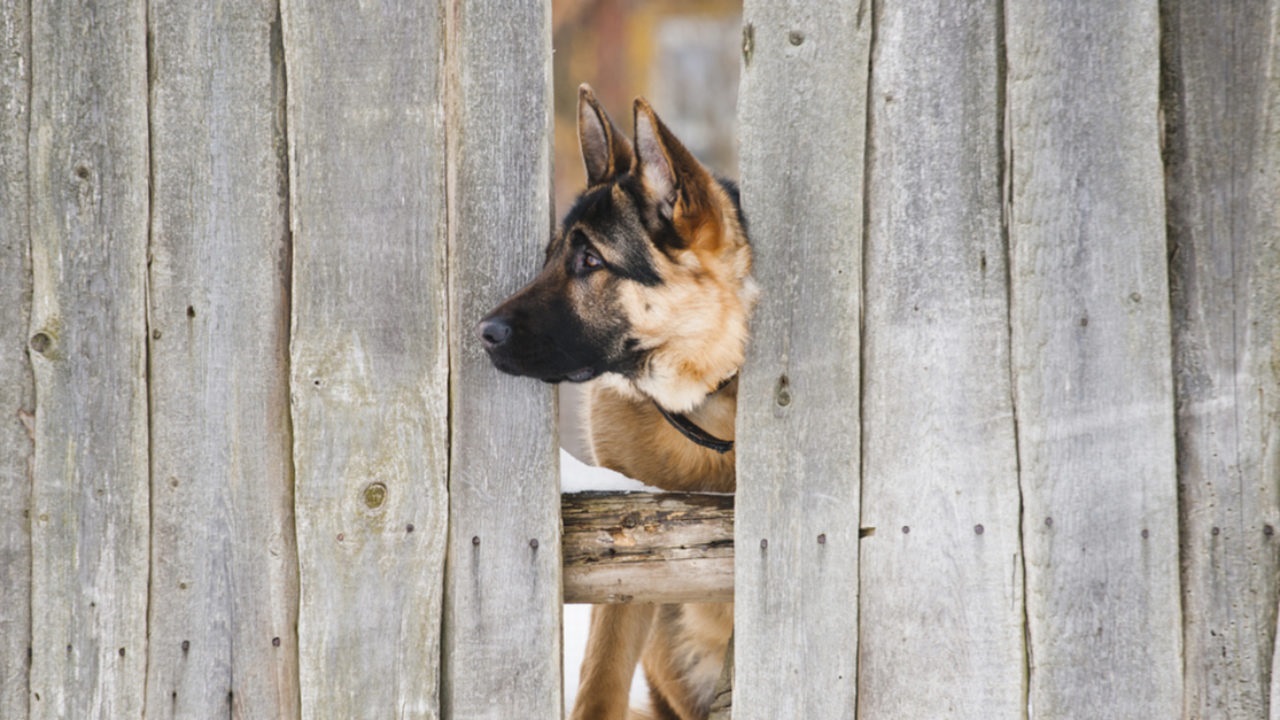
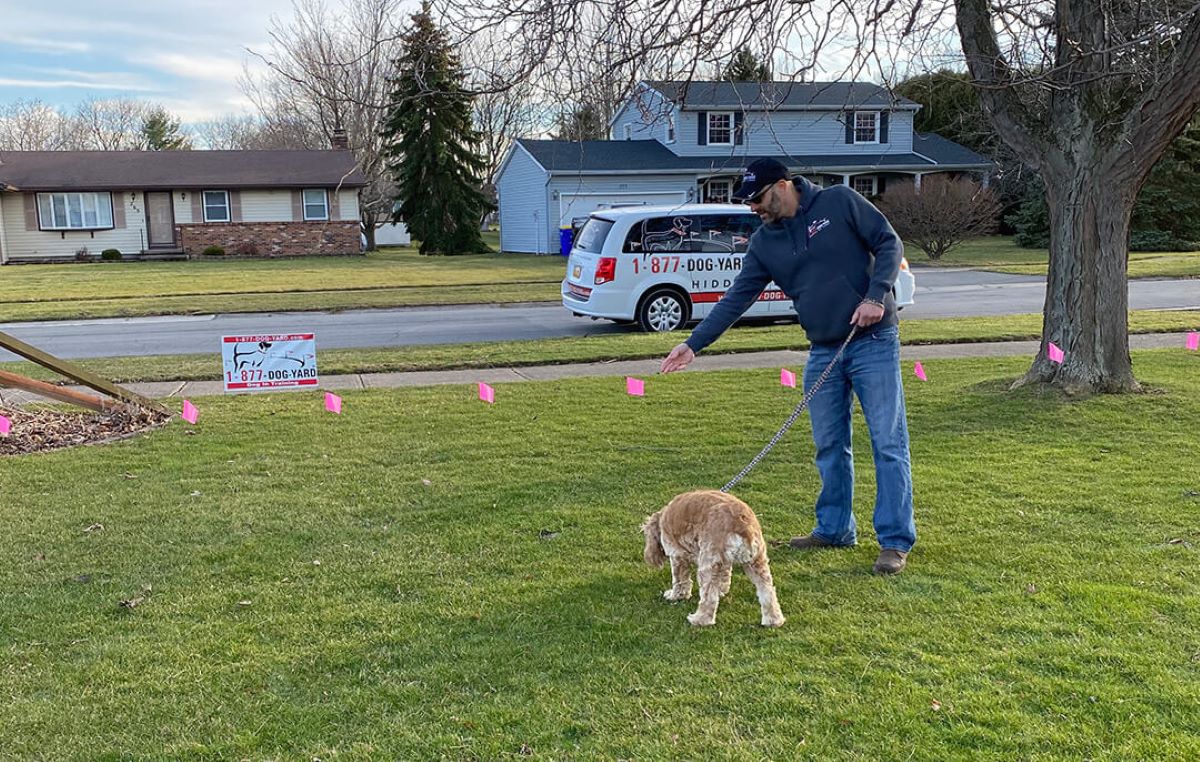
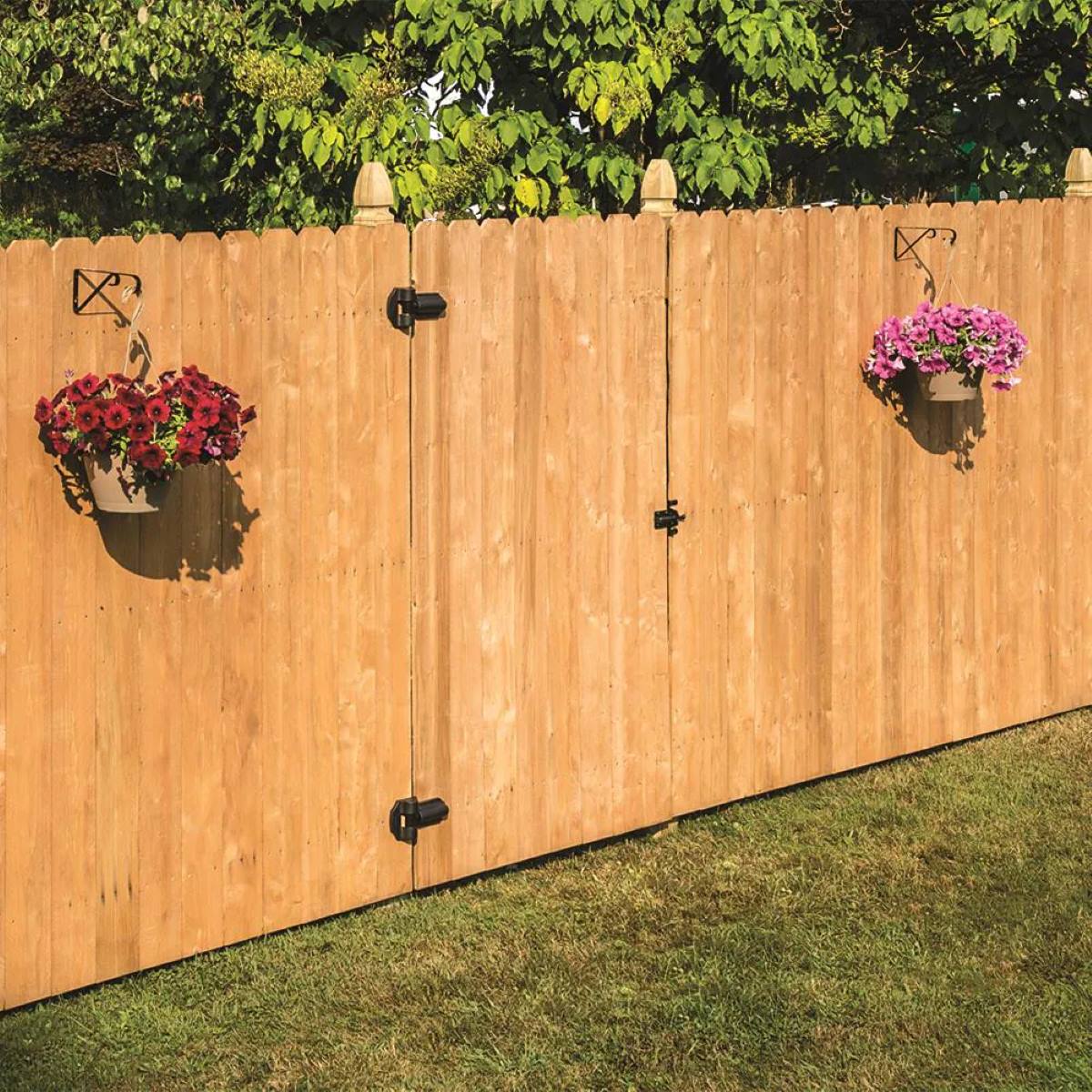

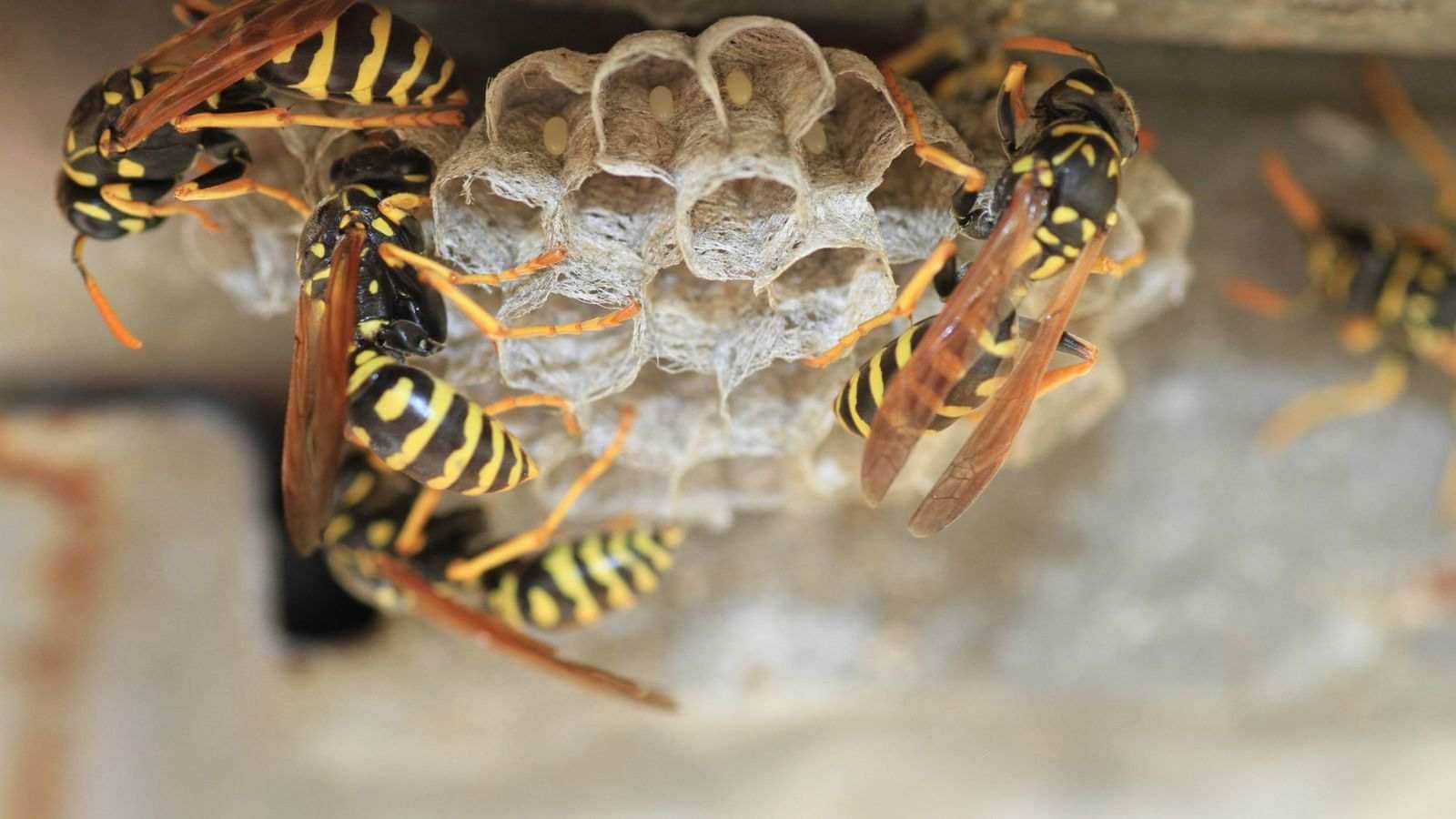
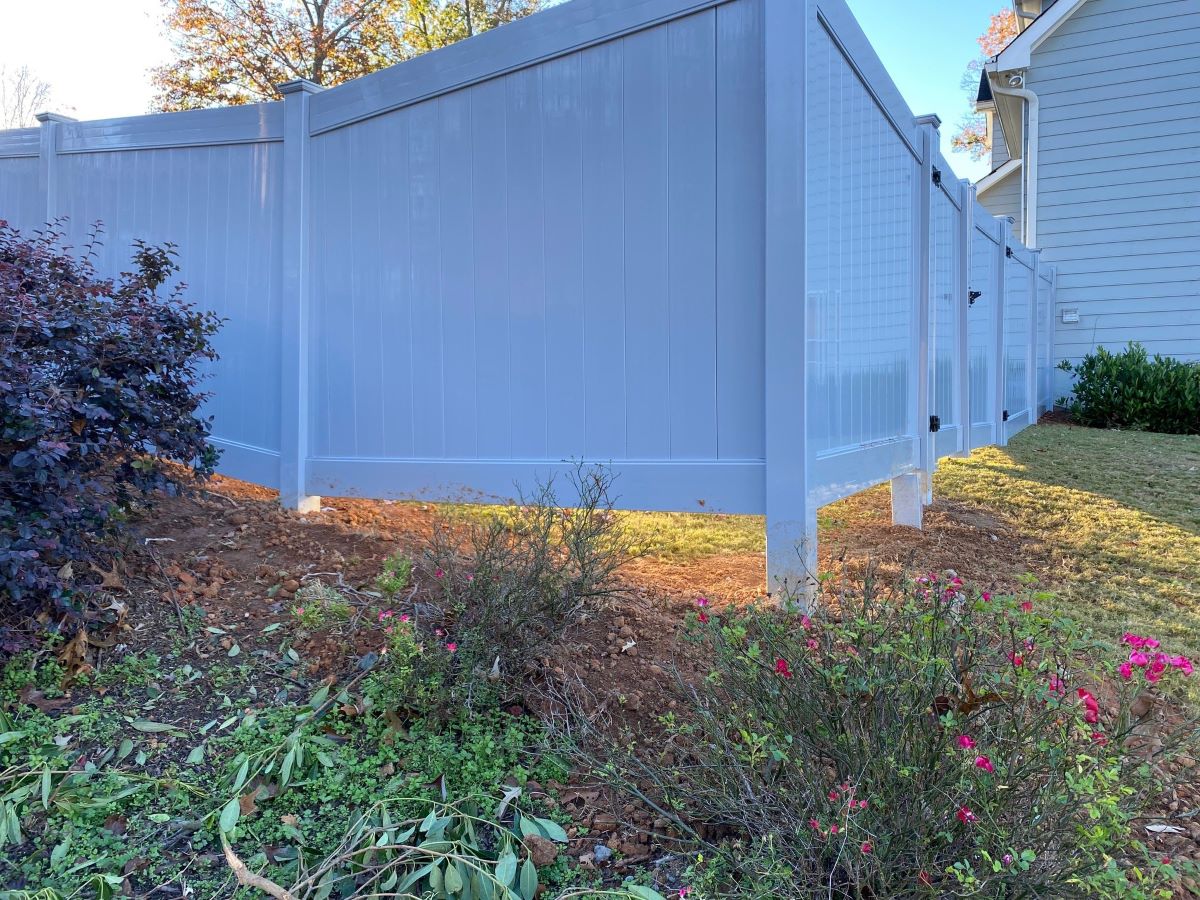
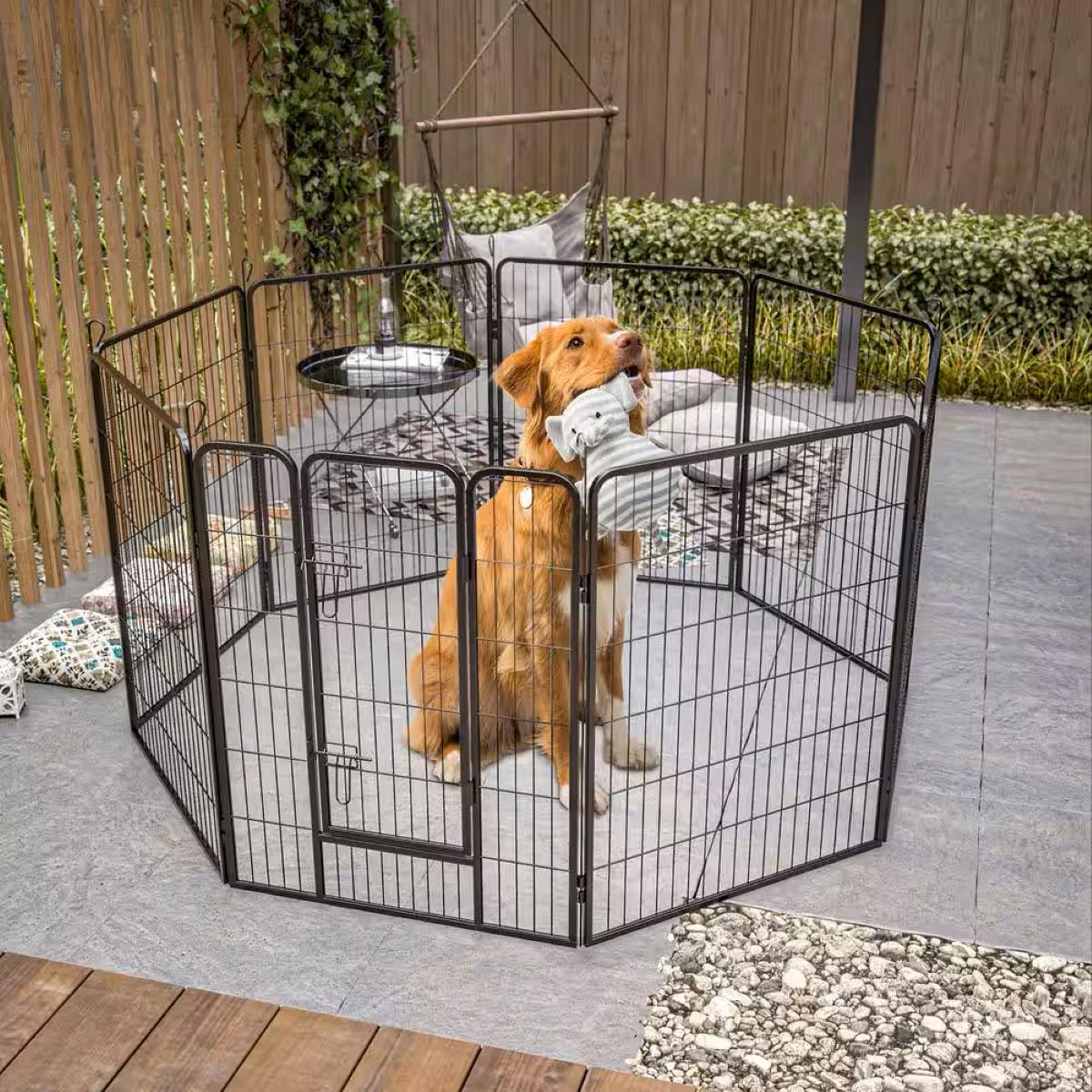
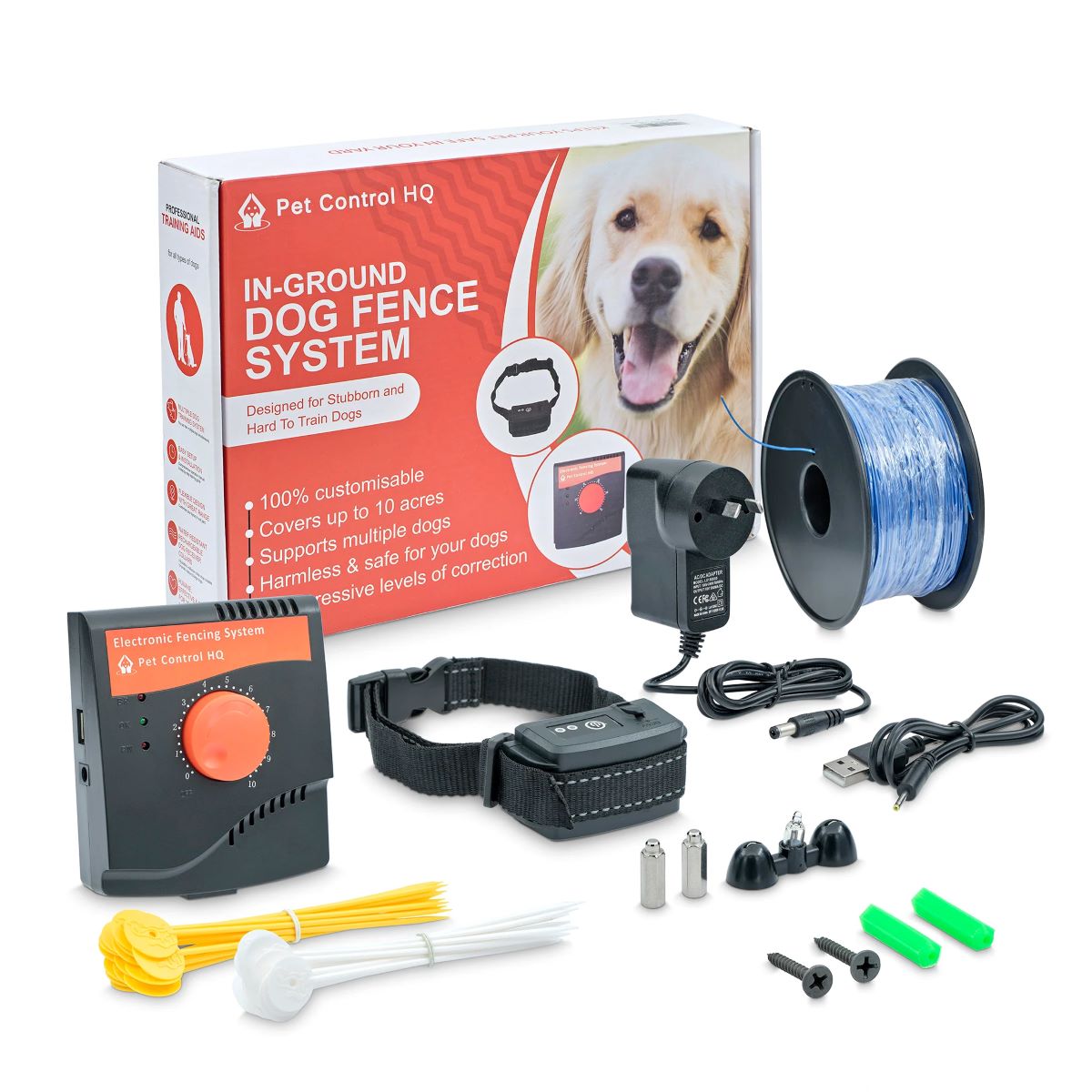
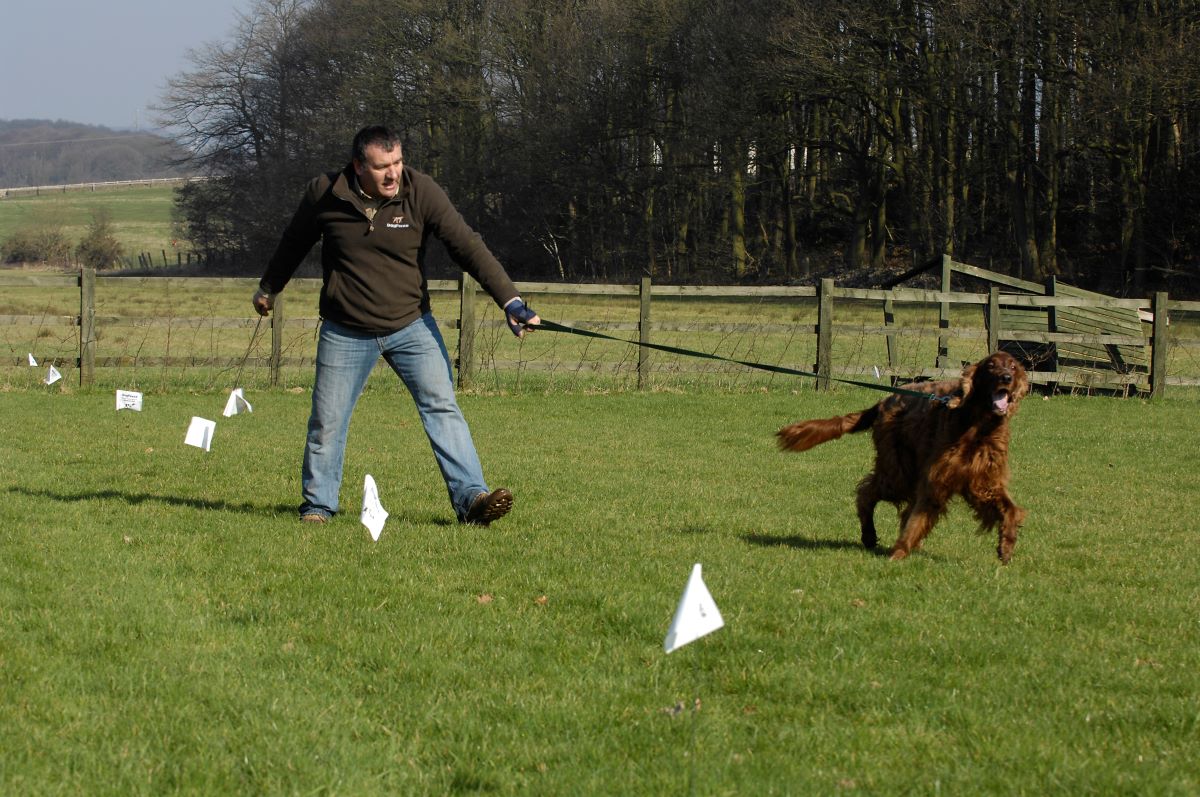
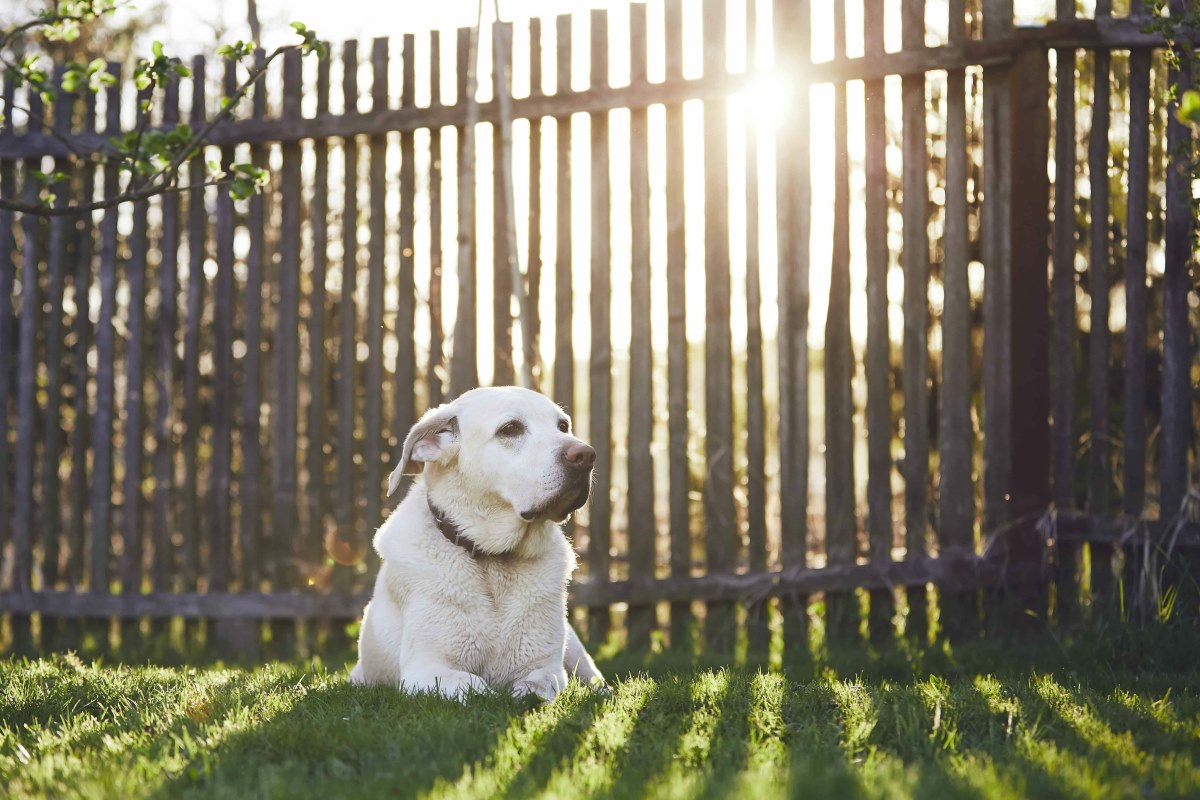

0 thoughts on “How To Prevent Dog Digging Under Fence”